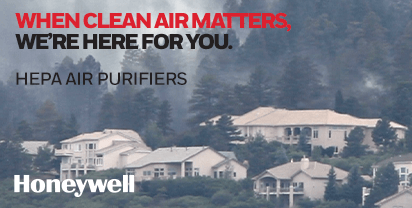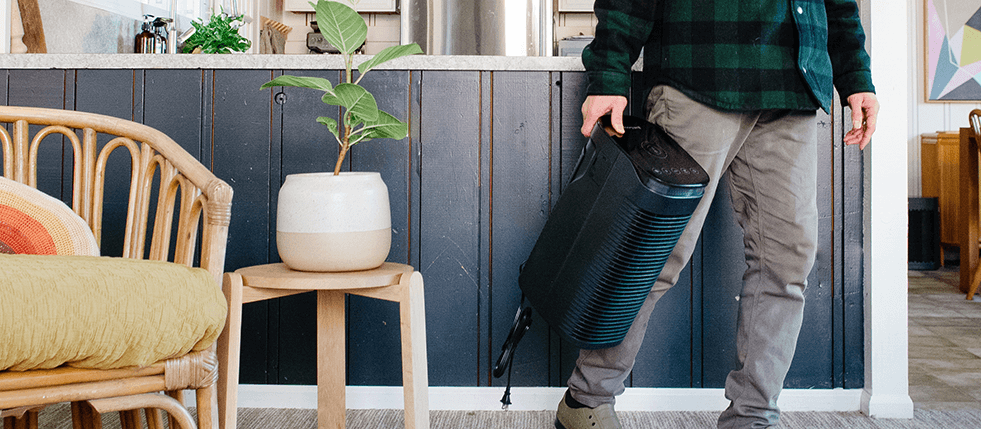Blog
What Types of Air Cleaners Exist and Which One Suits Your Needs?
Indoor air quality has become a growing concern for many households and workplaces, especially as studies reveal that people spend approximately 90% of their time indoors. According to the Environmental Protection Agency (EPA), indoor levels of pollutants can be two to five times higher than outdoor levels, making the need for effective air purification solutions critical. Among the various options available, choosing the right type of air cleaner can significantly impact health and comfort.
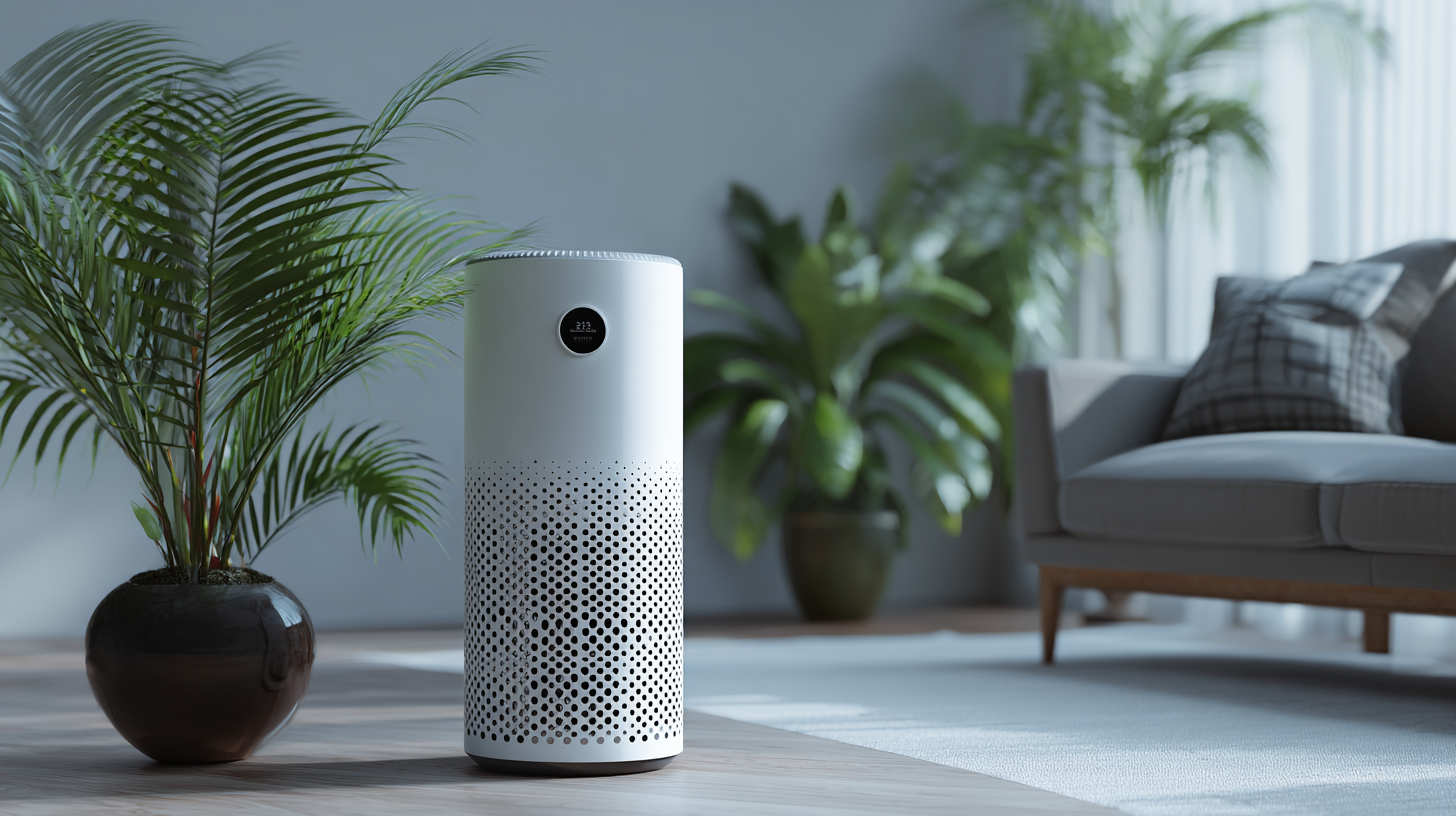
From HEPA filters that capture 99.97% of airborne particles to activated carbon models designed to reduce odors and volatile organic compounds, the diverse market offers solutions tailored to different needs. Understanding the unique features and benefits of each type of air cleaner is essential for anyone looking to enhance their indoor air quality and create a healthier living environment.
Understanding the Different Types of Air Cleaners Available Today
When it comes to improving indoor air quality, understanding the different types of air cleaners available today is crucial. Each type of air cleaner operates on distinct principles, targeting various airborne pollutants. For example, HEPA (High-Efficiency Particulate Air) filters are renowned for their ability to capture 99.97% of particles as small as 0.3 microns, making them ideal for allergy sufferers. They effectively trap dust, pollen, and pet dander, ensuring that the air we breathe remains clean and healthy.
Another common type is activated carbon air purifiers, which excel at absorbing odors, chemicals, and volatile organic compounds (VOCs). These are particularly beneficial for households where cooking smells, smoke, or chemicals from cleaning products are prevalent. Additionally, UV light air purifiers use ultraviolet rays to kill bacteria and viruses, making them a great choice for hospitals and homes looking to enhance sanitation. Understanding these options and their unique benefits can help you choose the air cleaner that best suits your specific needs, ensuring a healthier living environment.
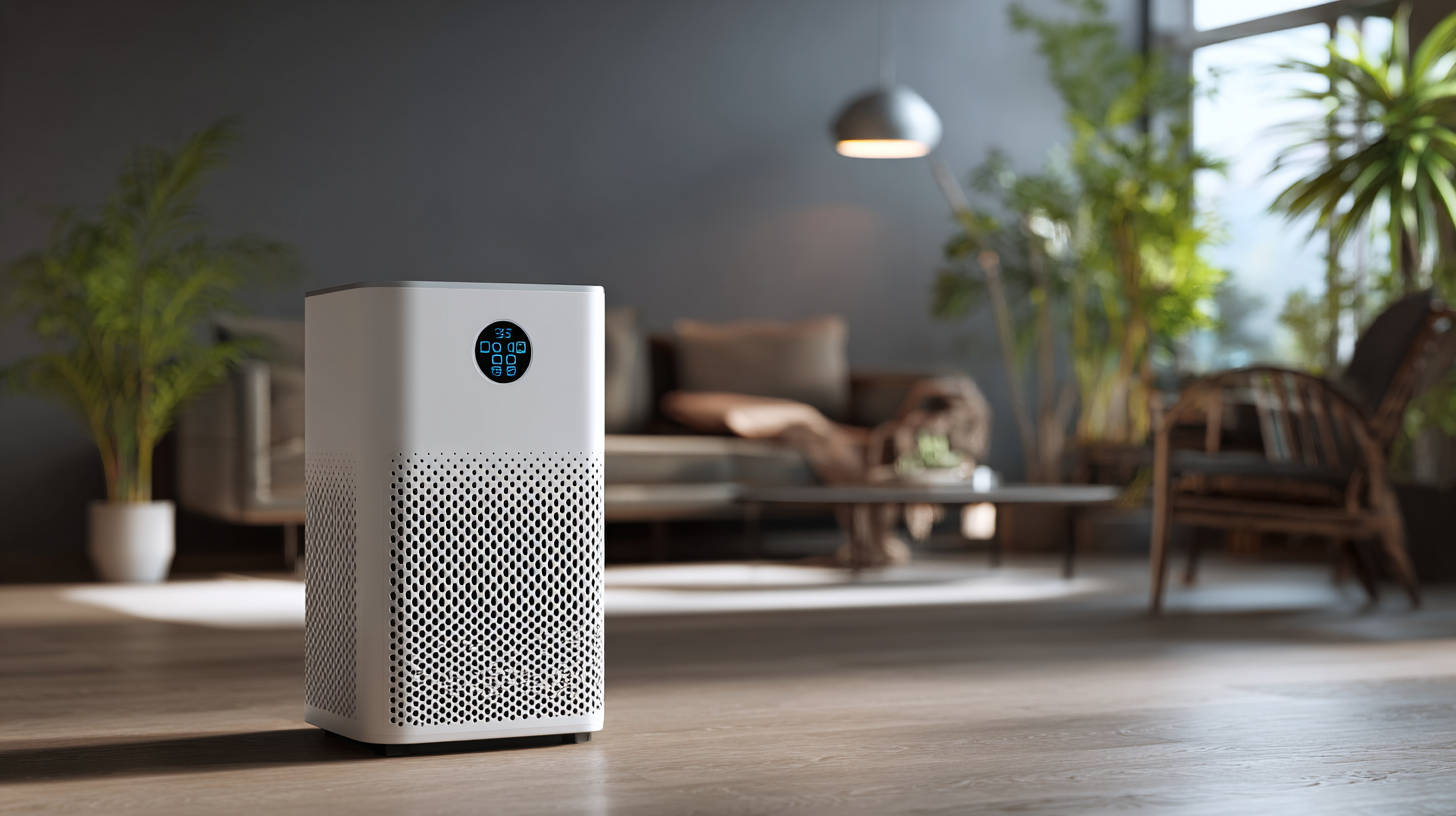
Key Features and Technologies Behind Popular Air Cleaner Models
When it comes to choosing an air cleaner, understanding the key features and technologies can make a significant difference in maintaining a healthy indoor environment. HEPA filters are among the most trusted technologies, capable of trapping 99.97% of particles as small as 0.3 microns. According to the Asthma and Allergy Foundation of America, using HEPA filters can greatly reduce allergens like pollen, dust mites, and pet dander in the home. This is particularly essential for households with allergy sufferers and asthma patients, making HEPA-equipped air cleaners a top choice.
Another emerging technology is the use of activated carbon filters, which excel in removing odors and volatile organic compounds (VOCs). Studies show that air cleaners with carbon filters can mitigate harmful gases and enhance overall air quality by adsorbing toxic substances. Furthermore, advanced air purifiers now incorporate UV-C light technology, which can kill bacteria and viruses, thus providing a more comprehensive approach to air purification. Reports indicate that these combined systems can effectively inactivate up to 99.9% of airborne pathogens, making them particularly valuable in settings like hospitals and schools where air quality is paramount.
Comparison of Air Cleaner Types by Popular Features
Assessing Your Indoor Air Quality Needs: Which Air Cleaner is Right for You?
When evaluating your indoor air quality needs, it’s essential to identify the various types of air cleaners available on the market. From HEPA filters to activated carbon systems, each air cleaner has its strengths and is designed to tackle specific pollutants. For instance, HEPA filters excel at capturing particulates, while activated carbon filters are particularly effective against odors and chemical vapors. Understanding the primary air quality issues in your space, such as allergens, smoke, or pet dander, can guide you in selecting the right model for your needs.
Tips: Consider using a combination of air cleaning technologies to achieve optimal results. For example, pairing a HEPA filter with an activated carbon filter can help ensure the air is not only free of particulates but also free of harmful gases and odors. Additionally, regularly checking and maintaining your air purifier will ensure it operates at maximum efficiency, providing cleaner air consistently.
With the global air purifier market projected to exceed $16.28 billion by 2024, awareness and investment in personal air quality have never been more critical. Look for models with smart features that allow for real-time monitoring of indoor air quality, so you can adapt your usage based on the specific demands of your environment.
Comparative Analysis: HEPA, Activated Carbon, UV, and Ionizing Air Cleaners
When it comes to air purification, several technologies differ significantly in their methods and effectiveness. HEPA (High-Efficiency Particulate Air) filters are acclaimed for their ability to capture 99.97% of particles as small as 0.3 microns, making them ideal for reducing allergens, dust, and even some bacteria in residential settings. According to the Environmental Protection Agency (EPA), using a HEPA filter can lead to improved indoor air quality, which is crucial for individuals with respiratory conditions.
On the other hand, activated carbon air cleaners excel in adsorbing odors and volatile organic compounds (VOCs). These filters work through a process of adsorption, where pollutants adhere to the surface of the activated carbon. A report by the American Society of Heating, Refrigerating and Air-Conditioning Engineers (ASHRAE) states that activated carbon can effectively reduce harmful chemicals in indoor air, but they do not target particulate matter as efficiently as HEPA filters.
Moreover, UV air cleaners utilize ultraviolet light to kill bacteria and viruses, making them particularly valuable in healthcare settings. The CDC highlights that UV-C light can deactivate various pathogens, providing an additional layer of protection.
Ionizing air cleaners, while less common, use electrical charges to attract and capture airborne particles. However, some studies suggest they may produce ozone, which could be harmful at elevated levels. Understanding these differences is vital in selecting an air cleaner that meets specific needs and ensures a healthier indoor environment.
Cost Efficiency and Maintenance Considerations for Air Cleaners
When considering an air cleaner, cost efficiency and maintenance are paramount factors that influence your choice. There are various types of air cleaners, ranging from HEPA filters to UV purifiers, each with its own price range and operational costs. While some units may have a lower upfront cost, they can incur higher energy bills or require frequent filter replacements. For instance, HEPA filters need to be changed every 6-12 months, while activated carbon filters may need replacing even more often, potentially adding to the long-term ownership cost.
Maintenance is another critical aspect to consider. Some air cleaners come with features such as filter replacement indicators, which can simplify upkeep and help you stay on top of necessary changes. Others may require more hands-on attention, increasing your time commitment. Additionally, consider whether the manufacturer provides easy access to replacement parts and customer support. Investing in an air cleaner that balances cost efficiency with manageable maintenance can significantly enhance your indoor air quality without breaking the bank.
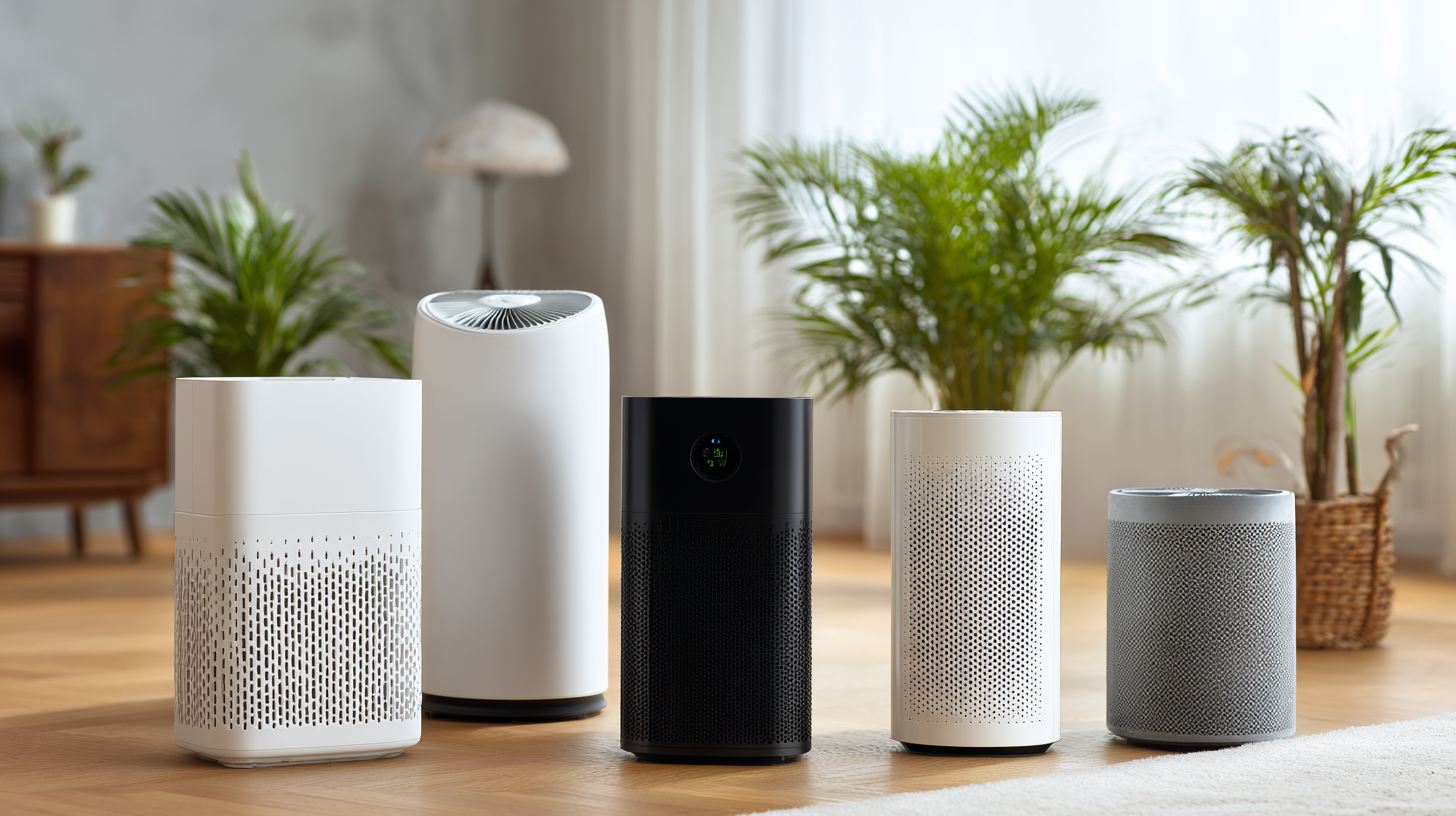
Related Posts
-
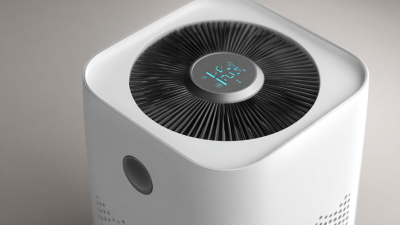
How to Choose the Best Air Cleaner Understanding Key Specifications and Features
-
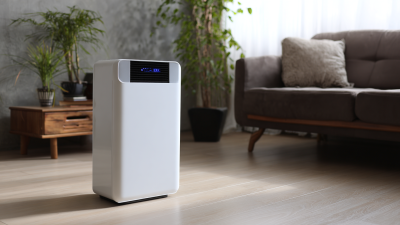
Understanding Industry Standards for the Best Air Purifier for Home and How to Choose the Right One
-

The Future of Home Wellness with True HEPA Air Purifiers
-
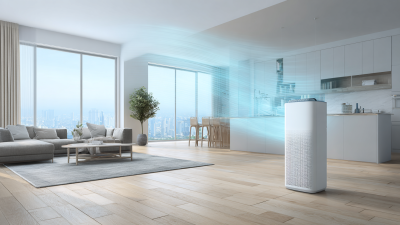
Future Innovations in Best Room Air Filters Shaping the 2025 Industry Landscape
-
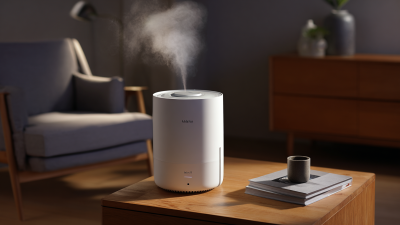
Discover the Excellence of Chinese Manufacturing with the Best Cool Humidifier on the Global Stage
-

Exploring Unique Alternatives to Traditional Air Cleaners for Home Use




